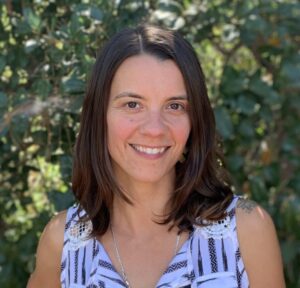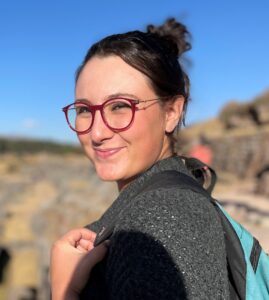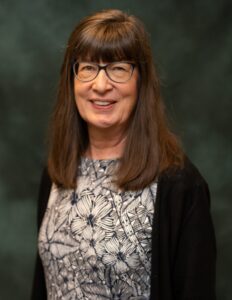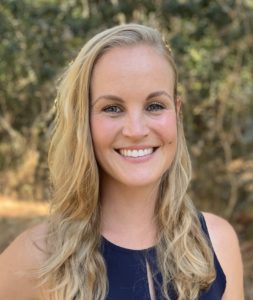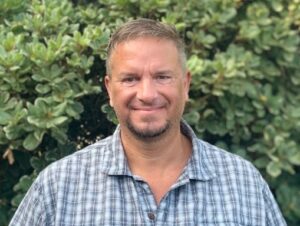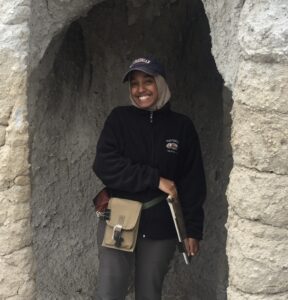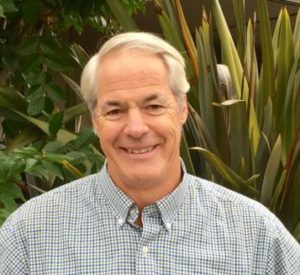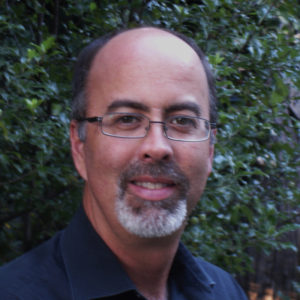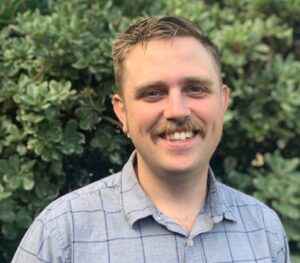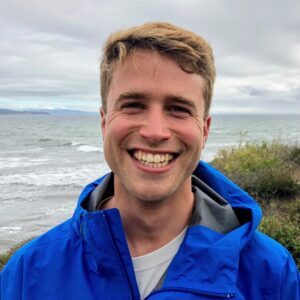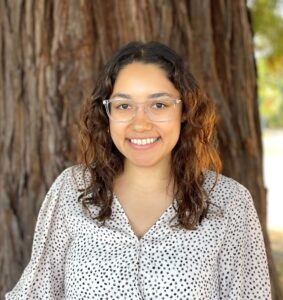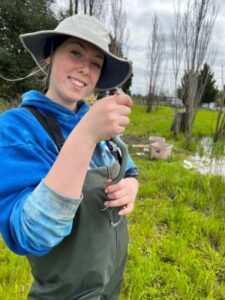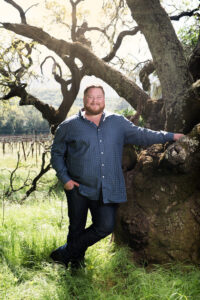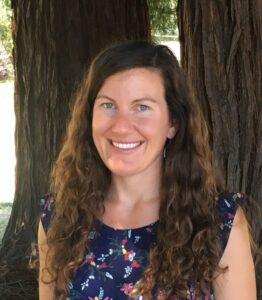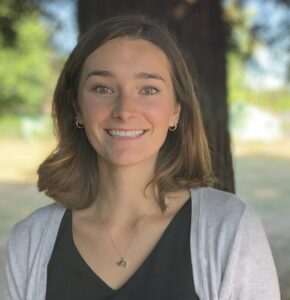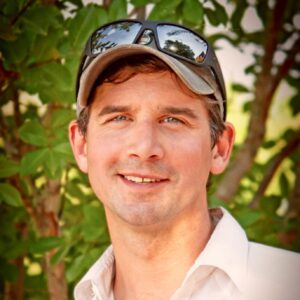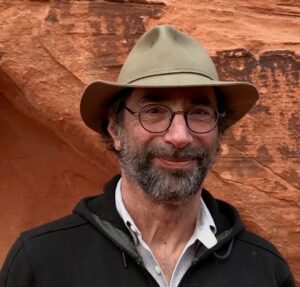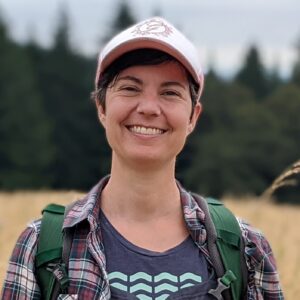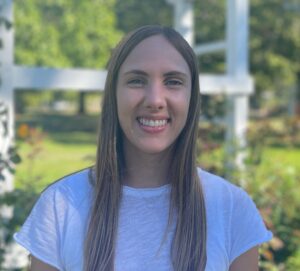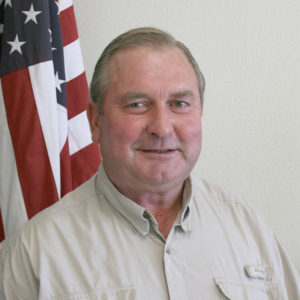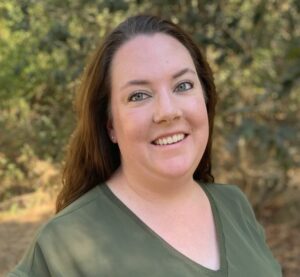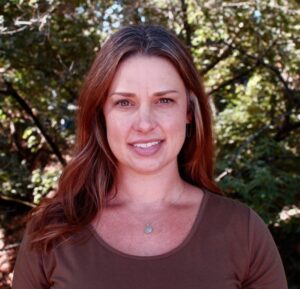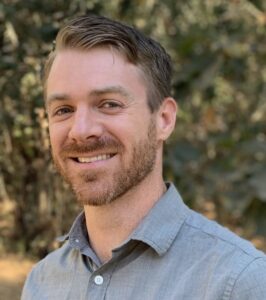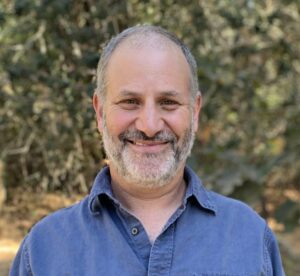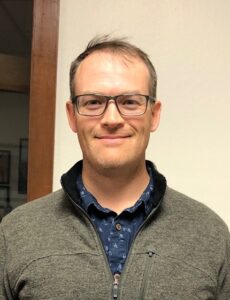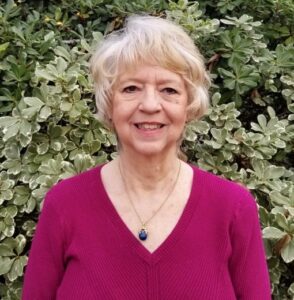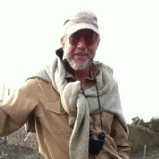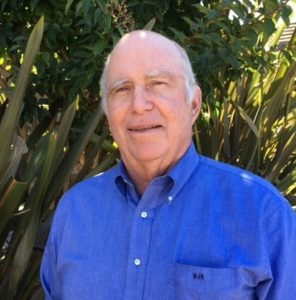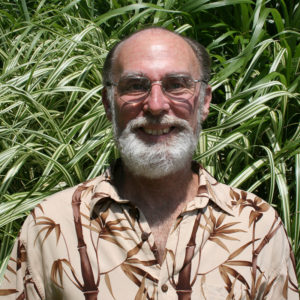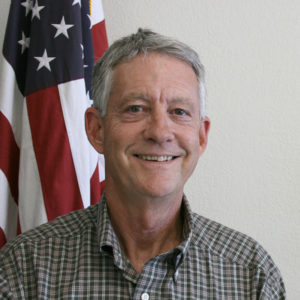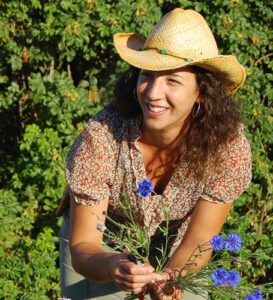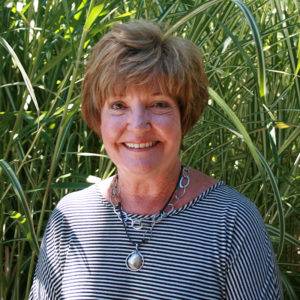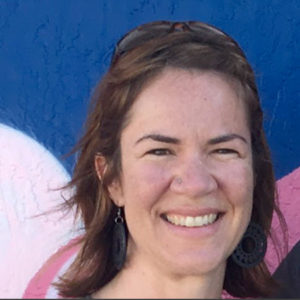Our Impact
Sonoma RCD Statistics
Number of acres in district: 878,862
Funding secured in 2022 for conservation planning, on the ground projects, and education: $3 million
Leveraged over $28 dollars in state, federal or local funds for every $1 of county tax base invested.
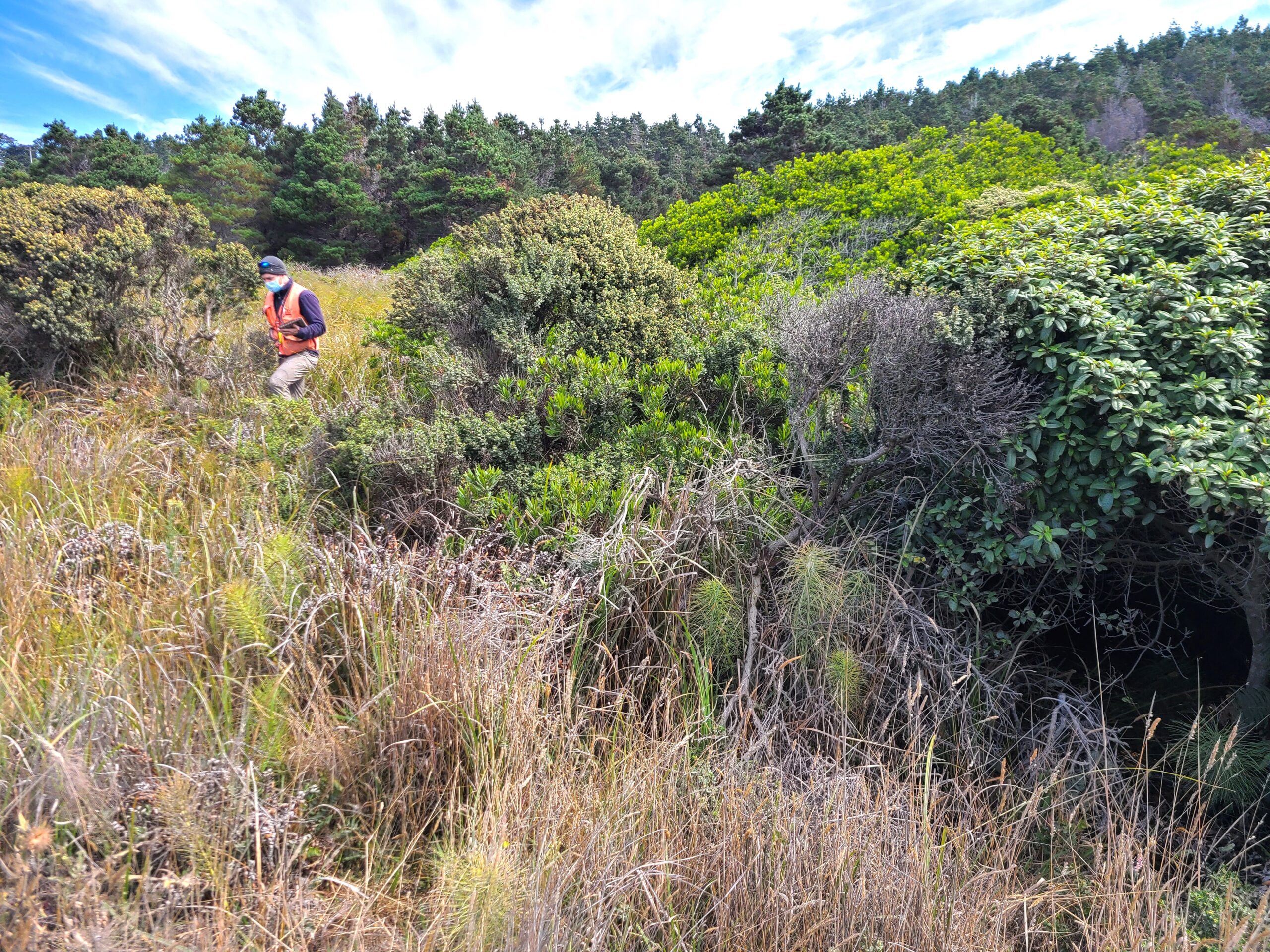
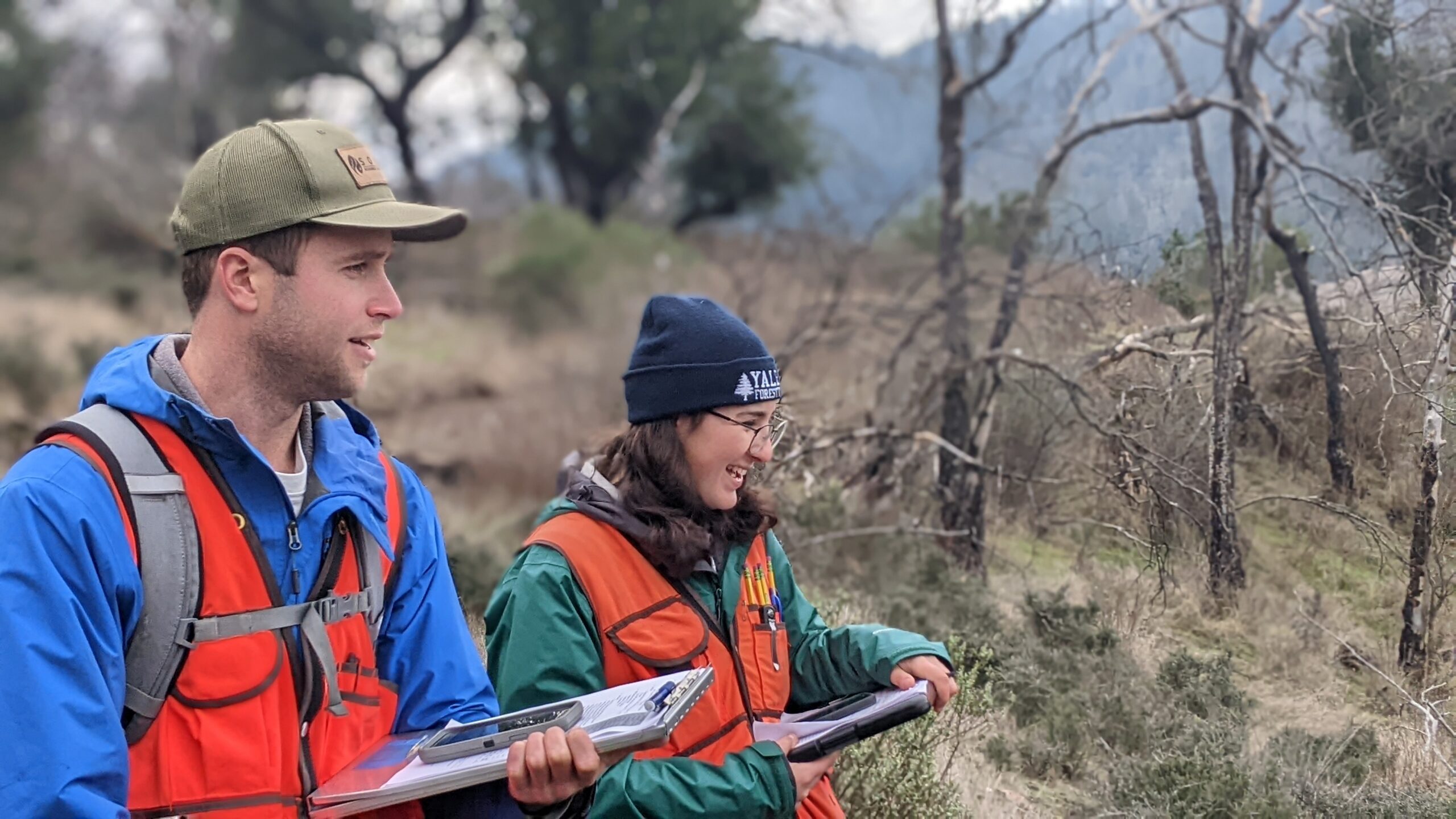
Your Local Partner in Conservation
Acting as a dot connector, a bridge builder, and innovative collaborator with community partners, we work to provide the best technical and educational resources to solve our most complex natural resource issues. We partner for conservation solutions.
Case Study: North Bay Forest Improvement Program
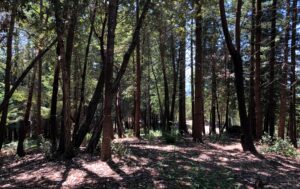 The North Bay Forest Improvement Program (NBFIP) is an innovative incentives program funded through CAL FIRE’s Proposition 68 Wildfire Resilience and Forestry Assistance Grant. Resource Conservation Districts (RCDs) in Sonoma, Mendocino and Napa Counties have partnered with Rebuild North Bay Foundation and the Clear Lake Environmental Research Center (CLERC) to form the North Bay Forest Improvement Program (NBFIP) to help private non-industrial small forest landowners (between 5 and 500 acres) implement non-commercial forest improvement activities such as thinning, planting, pruning, and fuel hazard reduction. In 2020, North Bay Forest Improvement Program was awarded $1.5 million from a CAL FIRE Wildfire Resilience and Forestry Assistance grant, which will provide three years of funding to develop and manage an incentives program to mitigate wildfire risk and improve forest health in this highly fire-prone region.
The North Bay Forest Improvement Program (NBFIP) is an innovative incentives program funded through CAL FIRE’s Proposition 68 Wildfire Resilience and Forestry Assistance Grant. Resource Conservation Districts (RCDs) in Sonoma, Mendocino and Napa Counties have partnered with Rebuild North Bay Foundation and the Clear Lake Environmental Research Center (CLERC) to form the North Bay Forest Improvement Program (NBFIP) to help private non-industrial small forest landowners (between 5 and 500 acres) implement non-commercial forest improvement activities such as thinning, planting, pruning, and fuel hazard reduction. In 2020, North Bay Forest Improvement Program was awarded $1.5 million from a CAL FIRE Wildfire Resilience and Forestry Assistance grant, which will provide three years of funding to develop and manage an incentives program to mitigate wildfire risk and improve forest health in this highly fire-prone region.
In total, the partnership will support forest stewardship activities across at least 40 projects in the four counties. At least 20 percent of the program dollars will benefit disadvantaged communities identified in the 2010 census as earning median incomes less than 80% of the state median. Possible treatments include planting site preparation, tree planting and protection, forest thinning, pruning, and woody fuels reduction. Forest management plans should be in place and environmental impacts review completed in order to participate. If you are in need of a plan, contact your local RCD. Projects will occur on forestland consisting of oak woodland, redwood forests, mixed evergreen and ponderosa pine.
How can you get involved?
The North Bay Forest Improvement Program is an incentives program, similar to the Environmental Quality Incentives Program and the California Forest Improvements Program, providing public funds to support private investment in forest health and resilience projects; reducing vegetative fuel loads and risks of wildfire, insect infestation, and disease epidemics on private properties in the North Bay’s diverse and valuable forestlands. See our NBFIP page here.
View our regional StoryMap here: North Bay Forest Improvement Program Projects
Protecting Our Watersheds
Sonoma County is home to high quality natural habitat and variety of endangered fish and wildlife species. The RCD works tirelessly with rural, agriculture, and urban partners to support healthy ecosystems, habitats and biodiversity, and ensure sustainable, high-quality water supplies for people and wildlife.
Case Study: For the Love of Land, Fish and People
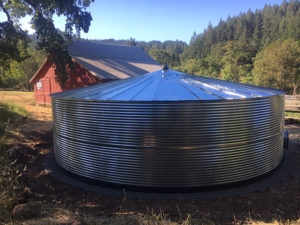 In May 2017, the RCD completed the installation of a swimming-pool size rainwater catchment tank, built from galvanized steel, near the Historic Barn at Rancho Mark West in partnership with LandPaths. This 34,000-gallon tank will capture rainwater from the barn roof (built circa 1835-38—some say the oldest barn in Sonoma County). Capturing rainwater in the winter months and storing it for use in the in the summer, will help improve summer streamflow in Mark West Creek. “This is a critical watershed for endangered coho salmon, and they’re most vulnerable in the summer months when the creeks start to dry out. Anything we can do to reduce water use in the summer will help the coho survive,” says Sonoma RCD Project Manager Justin Bodell. This project complements two smaller systems installed already on the property by LandPaths. The rainwater tanks will serve as a “learning landscape” for youth and adults who frequent Rancho Mark West. The visibility of the tank and impact it will have on educating the community about water conservation, watershed health and endangered coho salmon will be tremendous. The stored rainwater will be used to irrigate the community garden on site near the barn, one of the many educational components LandPaths offers at this special property. The success of this project is a direct result of partnership and collaboration between local groups and agencies including the Russian River Coho Water Resources Partnership and funding from the National Fish and Wildlife Foundation.
In May 2017, the RCD completed the installation of a swimming-pool size rainwater catchment tank, built from galvanized steel, near the Historic Barn at Rancho Mark West in partnership with LandPaths. This 34,000-gallon tank will capture rainwater from the barn roof (built circa 1835-38—some say the oldest barn in Sonoma County). Capturing rainwater in the winter months and storing it for use in the in the summer, will help improve summer streamflow in Mark West Creek. “This is a critical watershed for endangered coho salmon, and they’re most vulnerable in the summer months when the creeks start to dry out. Anything we can do to reduce water use in the summer will help the coho survive,” says Sonoma RCD Project Manager Justin Bodell. This project complements two smaller systems installed already on the property by LandPaths. The rainwater tanks will serve as a “learning landscape” for youth and adults who frequent Rancho Mark West. The visibility of the tank and impact it will have on educating the community about water conservation, watershed health and endangered coho salmon will be tremendous. The stored rainwater will be used to irrigate the community garden on site near the barn, one of the many educational components LandPaths offers at this special property. The success of this project is a direct result of partnership and collaboration between local groups and agencies including the Russian River Coho Water Resources Partnership and funding from the National Fish and Wildlife Foundation.
Supporting Agriculture
Our programs for farmers, ranchers, and local schools help ensure viable local agriculture while also helping agriculture to be of service to the environment.
Case Study: Beretta Dairy Stewardship Profile
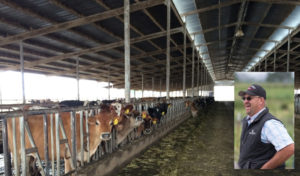 Doug Beretta recalls as he got older and more involved in the dairy he realized the benefit of taking care of the land by giving back to it. The Beretta Family, of Beretta Family Organic Dairy, have continued to be open and innovative in their management of natural resources, while sustaining their family dairy business. In the 1950s, the dairy was an early adopter of environmentally friendly practices, when they stopped using chemical fertilizers, emphasized raising herds in pastures and growing their own feed, and in 2007 the Beretta Dairy became 100% certified organic. Over the years the dairy avoided the need for groundwater pumping by being one of the first producers in the area to accept the City of Santa Rosa’s recycled water for irrigation. This water is a valuable resource to these landowners in producing forage for cows even in months of little rain.
Doug Beretta recalls as he got older and more involved in the dairy he realized the benefit of taking care of the land by giving back to it. The Beretta Family, of Beretta Family Organic Dairy, have continued to be open and innovative in their management of natural resources, while sustaining their family dairy business. In the 1950s, the dairy was an early adopter of environmentally friendly practices, when they stopped using chemical fertilizers, emphasized raising herds in pastures and growing their own feed, and in 2007 the Beretta Dairy became 100% certified organic. Over the years the dairy avoided the need for groundwater pumping by being one of the first producers in the area to accept the City of Santa Rosa’s recycled water for irrigation. This water is a valuable resource to these landowners in producing forage for cows even in months of little rain.
Beretta has served as a leader for the dairy industry through his involvement in the local agricultural community. In the face of agricultural regulations, Beretta felt it was important to help educate others about dairy operations because “the perception of what we were doing at the time was flawed.” In the mid-2000s, when faced with the listing of the California Tiger Salamander (CTS) as a federally endangered species, Beretta met the challenge on behalf of local agricultural producers by participating on the Sonoma County CTS Task Force, and by serving as an advocate and educator to his fellow dairy producers. Offering site tours of the dairy to regulatory agencies and elected officials was one way he helped provide first-hand knowledge and dispel misperceptions. In late 2015, Beretta was recognized by the North Coast Water Quality Control Board with their Executive Directors 2015 Water Quality Stewardship Award for the exemplary performance in the management of the dairy operations.
Over the decades working with agencies such as the Sonoma Resource Conservation District (RCD) and the USDA-Natural Resources Conservation Service (NRCS) on water quality, nutrient and pasture management projects helped the Beretta’s to improve the management and operation of the dairy, while continuing to be proactive with regard to natural resources. “We always tried to work with the RCD or other agencies to fix problems before they become issues,” Beretta states. Most recently Beretta Family Organic Dairy was one of the first properties to work with the RCD and the City of Santa Rosa on a voluntary nutrient offset project that involved the installation of water quality and drainage improvements on the dairy. Doug feels that working with the RCD on these types of improvements makes the land better and the management easier. “Cost share programs and the knowledge of [RCD] staff really does help get projects done,” Beretta concluded.
Conservation at Work
Resource Conservation Districts work with private citizens, businesses, and local, state, and federal partners to protect and enhance millions of acres of natural and working lands across the State of California.
![]() RCDs throughout California maintain a special relationship with each other, the California Association of Resource Conservation Districts (CARCD), California Department of Conservation (DOC), and the U.S. Department of Agriculture’s Natural Resources Conservation Service (USDA NRCS).
RCDs throughout California maintain a special relationship with each other, the California Association of Resource Conservation Districts (CARCD), California Department of Conservation (DOC), and the U.S. Department of Agriculture’s Natural Resources Conservation Service (USDA NRCS).
It is the vision of California’s Resource Conservation Districts to be Relevant, Excellent, and Visible “go-to” hubs for natural resource conservation and agriculture on public and private land.
The RCD Project Tracker was created so that RCDs throughout the state have a way to comprehensively track and showcase the conservation benefits of our collective work, including our partnerships, our ability to manage and leverage public and private conservation dollars, improve water quality, restore watersheds, mitigate climate change, support working landscapes, and educate the public and policy makers on the multiple socio-ecological values of conservation.
This is a project of the 19 RCDs Currently Participating in this Effort. The intention is that once the site is complete it will be open to interested RCDs across the state. Current Participating RCDs Include:
Alameda, Cachuma, Coarse Gold, Contra Costa, Gold Ridge, Honey Lake, Humboldt, Inland Empire, Marin, Mendocino, Napa, Placer, San Mateo, Santa Monica Mountains, Sonoma, Tahoe, Trinity, Upper Salinas-Las Tablas, and Yolo RCDs.
This project is funded by the California Department of Conservation and individual Resource Conservation Districts.

